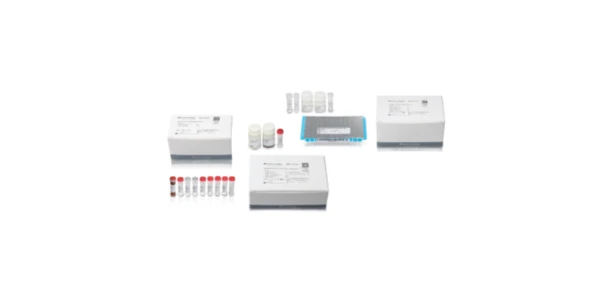Maybe you have been referred to a manufacturer or have done some research. Perhaps you have read our post and have an idea of the details of the process and the technologies involved.
The next step towards your purchase is comparing details such as specifications, features, and cost of ownership. Along these lines, here are a few considerations to make when identifying the right unit for your needs.
Scale of Operation
Starting with the rotary evaporation system or rotovap, the first consideration is the scale of the process, both with respect to the sample number and volumes. This type of system can accommodate a range of volumes (up to 50 L), at the limitation of a single sample per run. A rotovap would be ideal, for instance, in a protocol involving a large batch of raw material subjected to an ethanol cut, followed by processing of the extract to remove the solvent. The counter to large scale functionality is the lack of batch processing capabilities as seen with alternative approaches.
The centrifugal evaporation system, or speedvac, fulfills the need for batch processing of multiple samples, and is ideal for small sample volumes in the low mL range and below. This is obviously an advantage in increasing the yield and consistency of smaller samples, however, it comes at the cost of the inability to rapidly process larger volumes. Multiple samples in microtube or microtiter plate format can be processed simultaneously adding significant versatility and time savings to the step. An application would include solvent removal and sample concentration following collection of HPLC fractions in preparation for LC-MS.
A common blowdown evaporation system, the turbovap, offers a solution to the needs for flexibility in tube type and sample volume, while maintaining batch processing capability. The scale typically ranges from 1 mL microtube to 10 mL conical tube size, and processing of up to 50 samples at a time. An added bonus is the ability to choose specific samples for processing at a given time, due to multiple vacuum manifold rows with multiple gas nozzles for evaporation. This system claims to increase the speed of evaporation 10 times over traditional centrifugal techniques, while maintaining tight control of operation parameters.
Functionality and Cost of Operation
The rotovap is ideal for processes where the chemical constituents are well-characterized and where large-scale processing is most important. The system is typically simpler to breakdown for cleaning and maintenance. The parts in contact with the vacuum are borosilicate glass and can be found and replaced rather easily, thereby saving time and money in repair – although costs of glass components can vary. The motorized unit has some specifications, such as sparkles operation, that make it a bit more complex than a simple device. However, the popularity of these systems makes replacing the units manageable from a cost perspective.
The speedvac, and its cousin the lyophilyzer, are best suited for batch processing of smaller sample volumes under ambient (or low) temperature conditions. The system is also relatively simple -- including a centrifuge, tubing system and stop cock, and a vacuum pump with trap and filter. Unlike the rotovap, it does not typically require a fume hood for venting due to the lower sample vapor levels. Troubleshooting can be greatly simplified by the use of a vacuum gauge, as it is otherwise difficult to assess performance and the cause of any issues with the vacuum itself. Cleaning is more complicated than the rotovap, as the centrifuge drum and the tubing can become coated with film from the vapors and any other material that is spilt during processing – tubing is obviously easier to replace in this respect. There are also complete centrifugal evaporation systems that have digital interfaces controlling speed, temperature, and vacuum settings. These systems include some of the same cost of ownership considerations as the turbovap systems described below.
The turbovap involves technology meant to address limitations of the previous approaches. This includes tube and sample type flexibility, ease of use and operation, and increased precision and quality control. All of the advanced features together add significant value to the platform. This value, however, may come at a cost in time and money spent diagnosing and repairing potential issues that may arise. The turbovap is microprocessor controlled and therefore can be difficult to troubleshoot, requiring professional service and repair. Furthermore, an electronic issue can possibly result in a need for replacement of the entire unit, as fixing the part in question may not make sense with regard to cost.
In the end
The choice of evaporation system comes down to the intended use and money.
- The rotovap excels in large scale processing and ease of maintenance.
- The speedvac reigns in small volume high throughput processing and relative simplicity of operation.
- While the turbovap rules in small sample versatility and high precision quality control.
- Basic rotovaps can start in the low hundreds while speedvacs and turbovaps can extend to several thousand.
- The price will be justified when matched with the appropriate intended use as important downstream processes commonly depend on the performance features of these systems.
- Another thing to always keep in mind – time is money…
Arguably the most important component of many of these systems is the vacuum pump. After all, evaporation efforts are futile without proper performance and reliability of the pump.
Check out further resources on vacuum pumps and the latest trends in smart lab essential technologies for further information.
Updated June 2019










